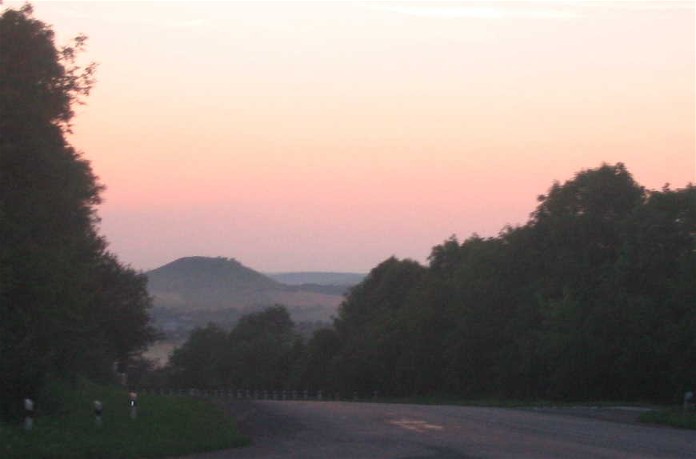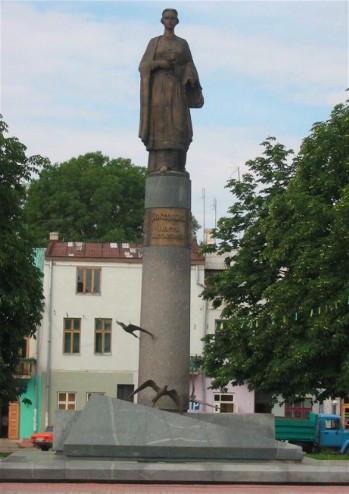Rohatyn
Rohatyn. Map: IV-5. A city (2017 pop 7,925) on the Hnyla Lypa River and a raion center in Ivano-Frankivsk oblast. It was first mentioned in historical documents in the 12th century. In 1415, under Polish rule, it was granted the rights of Magdeburg law, and subsequently it developed into an important trading and manufacturing town. In 1520 the famous Roksoliana was captured there by the Tatars and sold to the Turkish sultan. In the 16th century a renowned school of icon painting arose in Rohatyn, and in the 1580s an Orthodox brotherhood, which obtained stauropegion, was founded. After the partition of Poland in 1772, Rohatyn was annexed by Austria, and became a county center. A Ukrainian gymnasium was established there in 1909, and a minor theological seminary in 1931. During the interwar period the town was under Polish rule. In 1939 it became part of Soviet Ukraine and was grated city status. Today it is an important highway junction; 26 percent of its inhabitants work in the transportation industry. Its chief architectural monuments are the stone Church of the Nativity of the Theotokos (end of the 14th century), the remnants of the town walls and gate from the 13th and 14th centuries, the wooden Church of the Holy Spirit (1644–5) with its magnificent iconostasis (1647–50), the ruins of the Dominican monastery (1614), a Roman Catholic Saint Nicholas’s Church in the Renaissance style (1666), and the wooden Saint Nicholas's Church (1729).
[This article originally appeared in the Encyclopedia of Ukraine, vol. 4 (1993).]
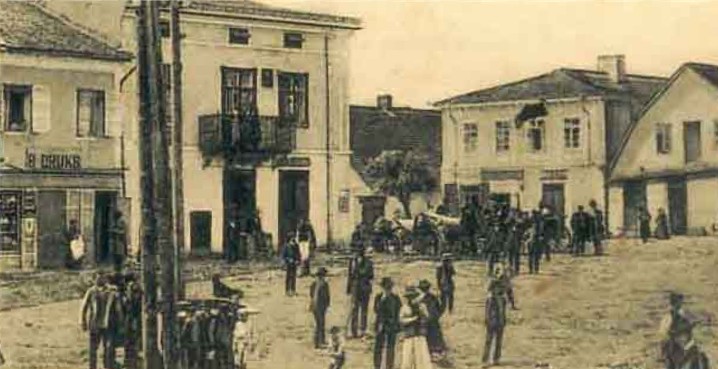
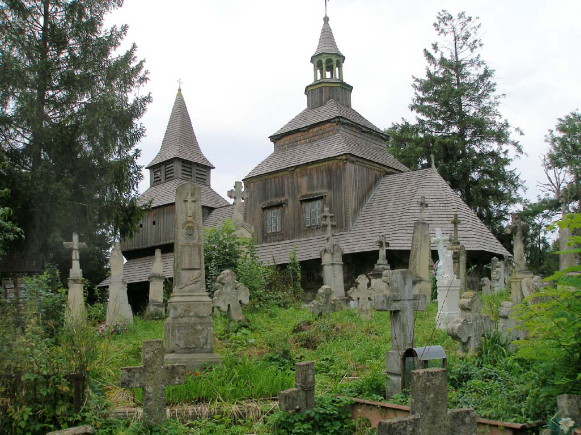
.jpg)
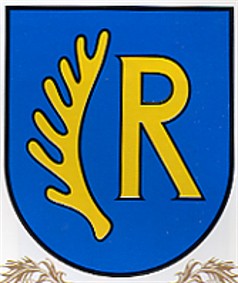
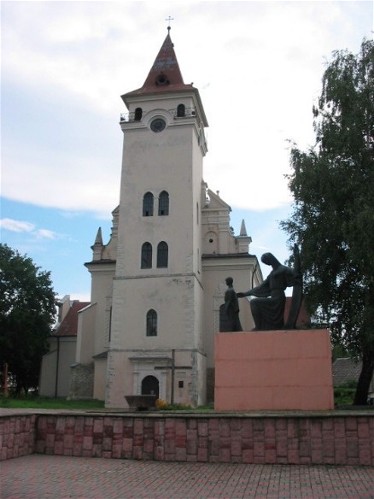
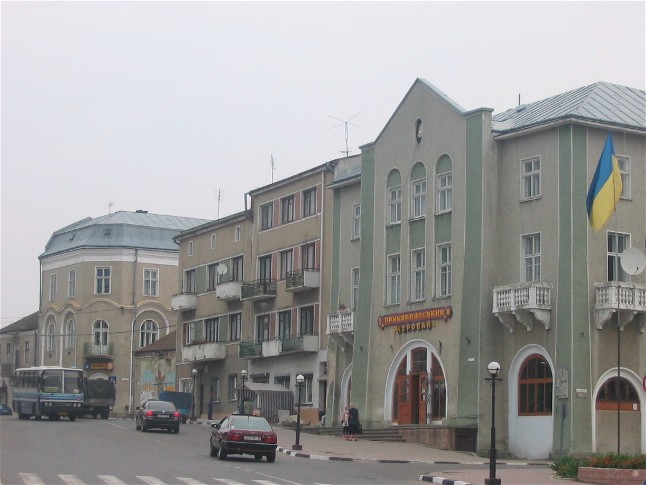
.jpg)
